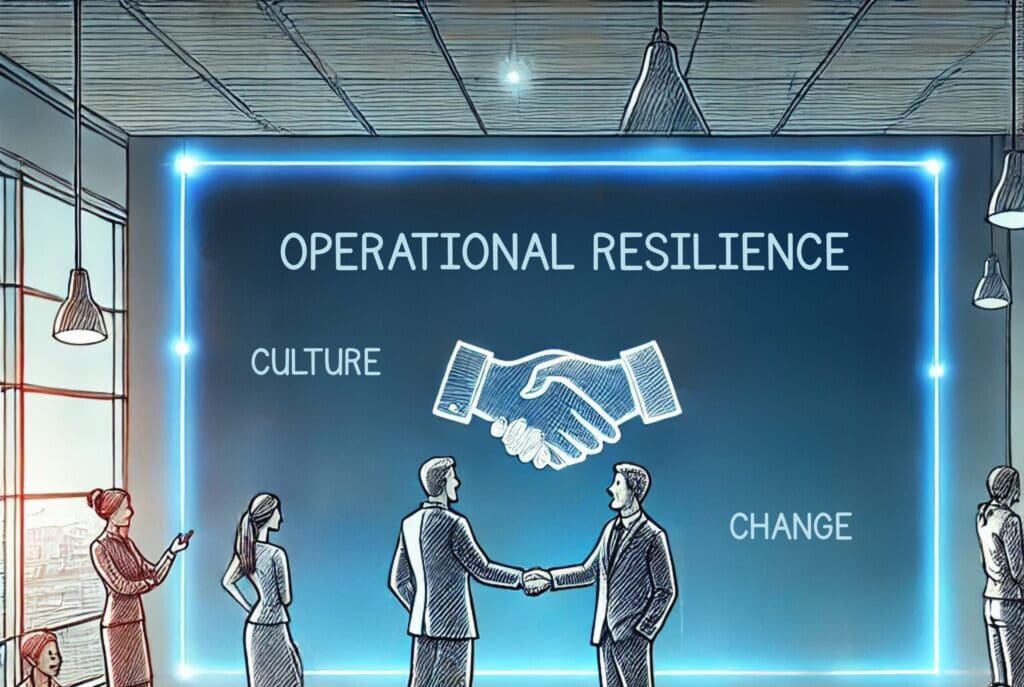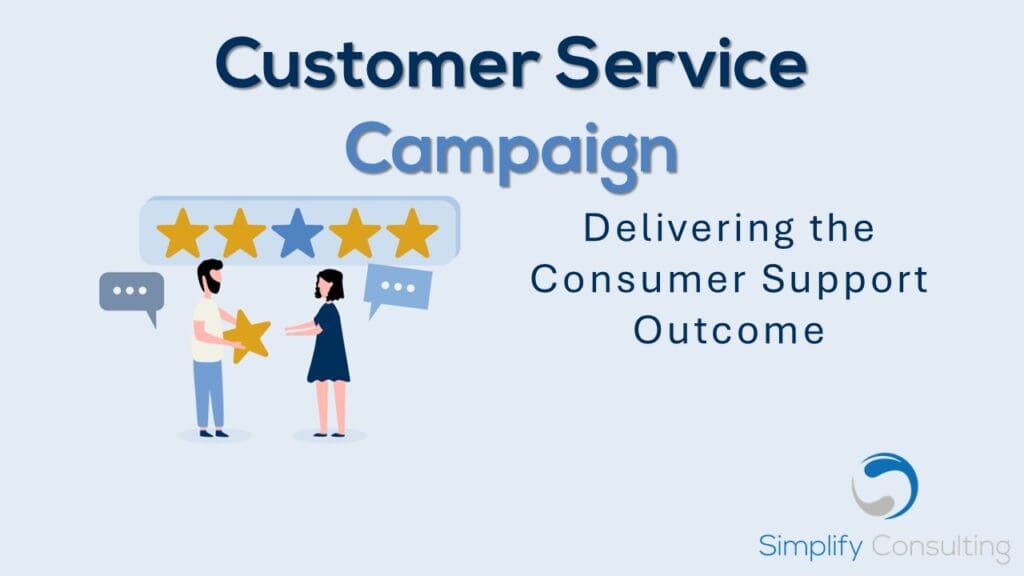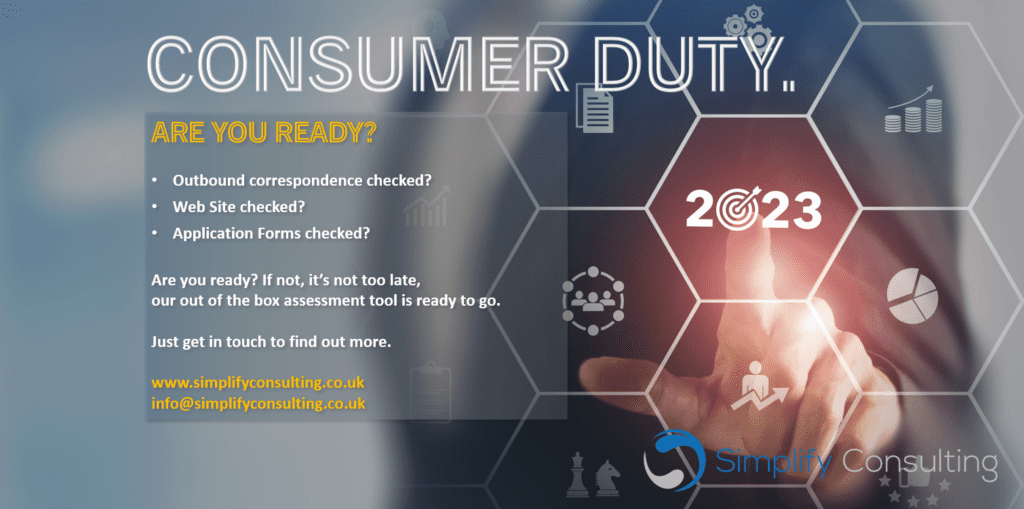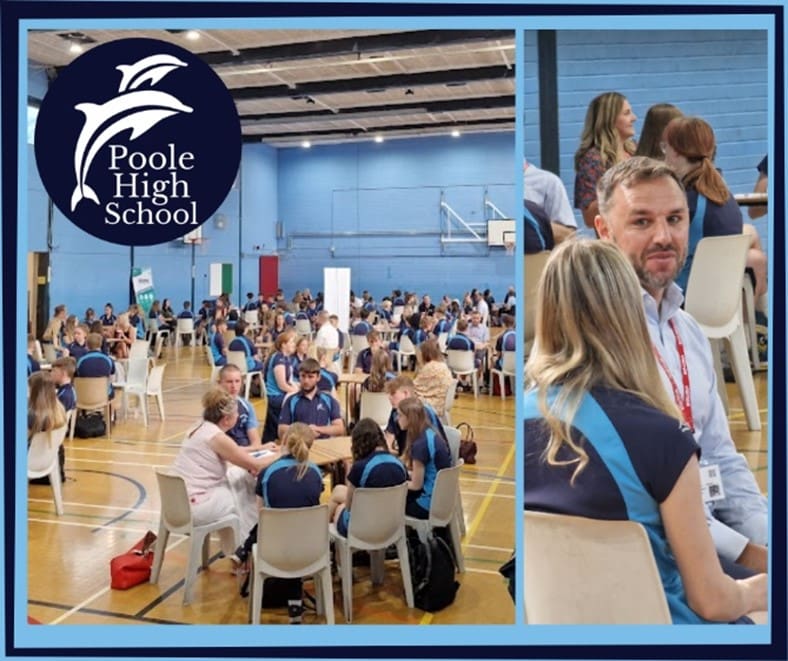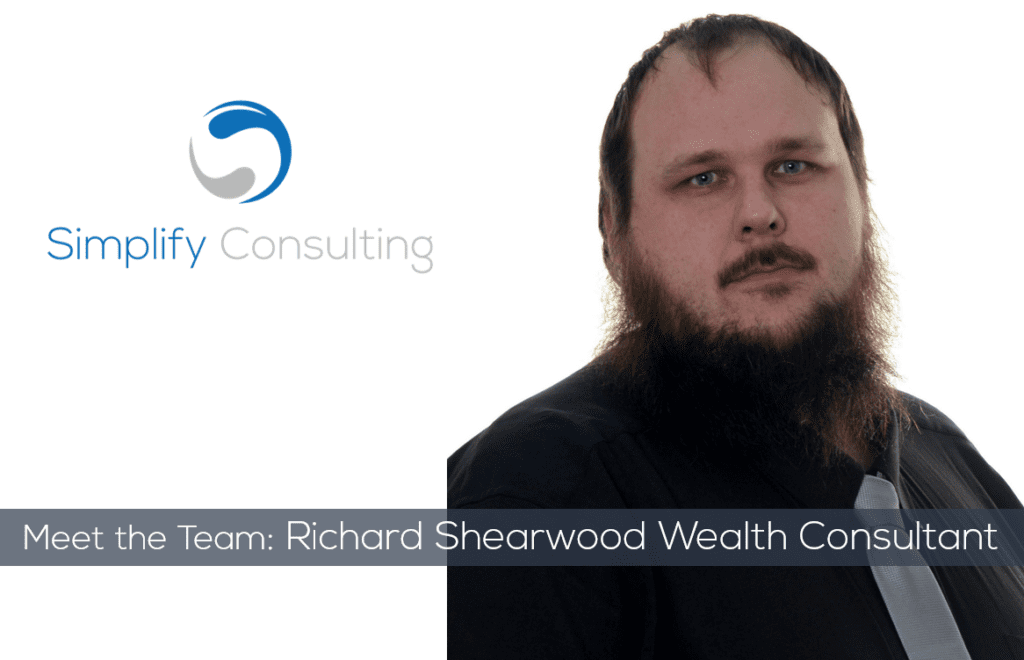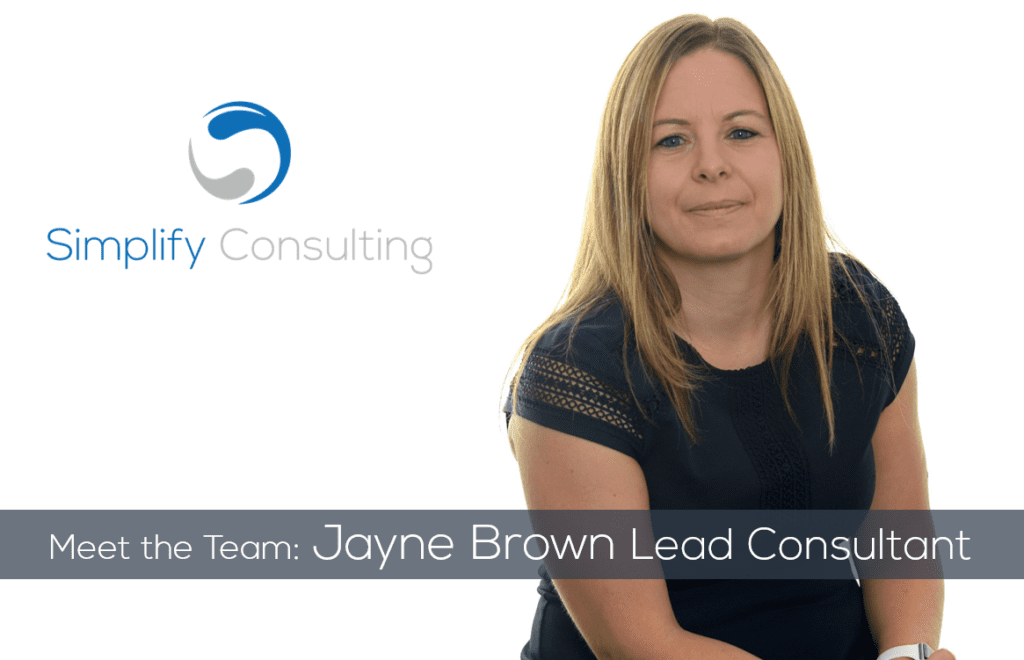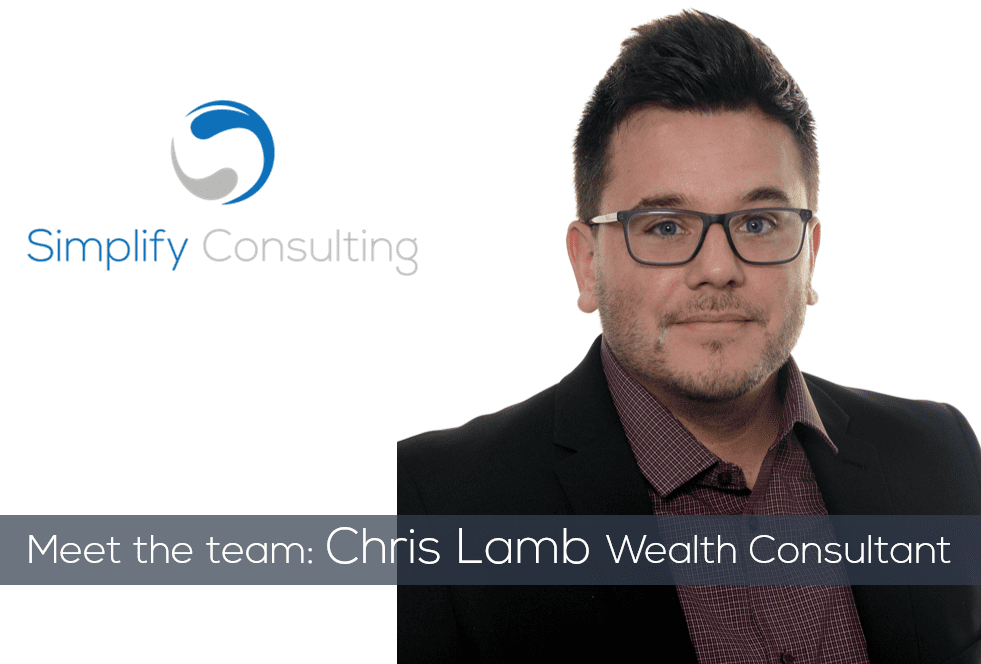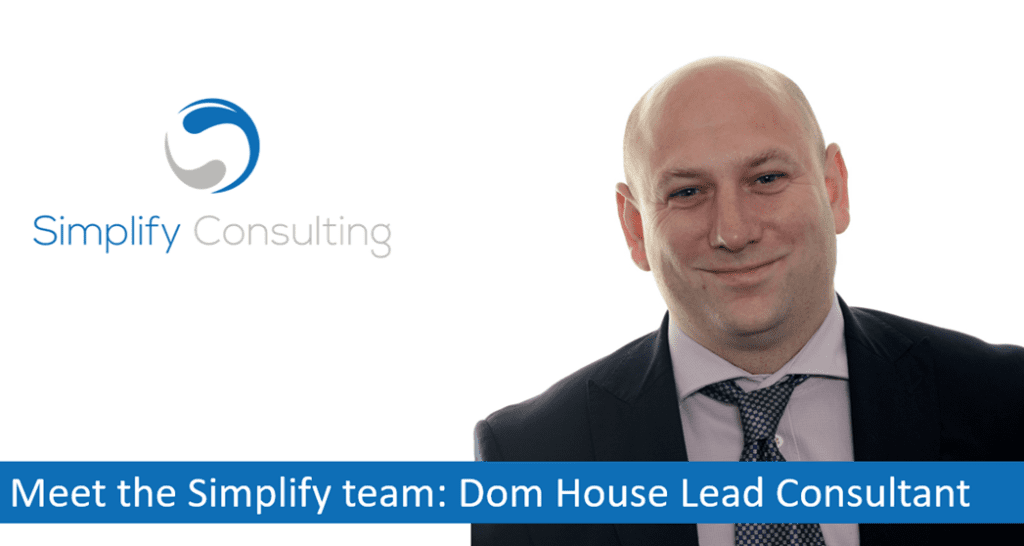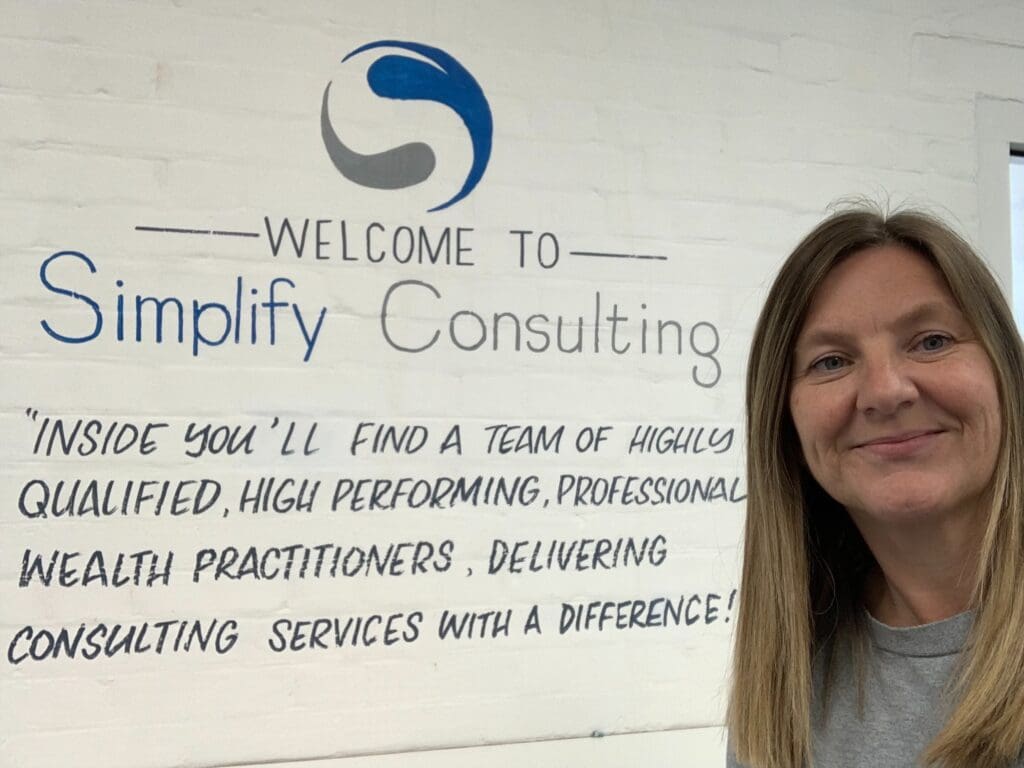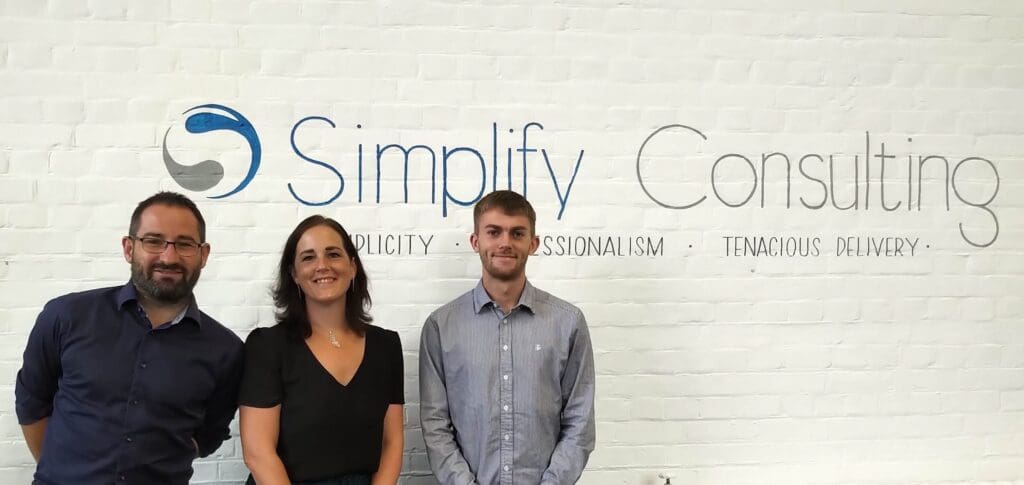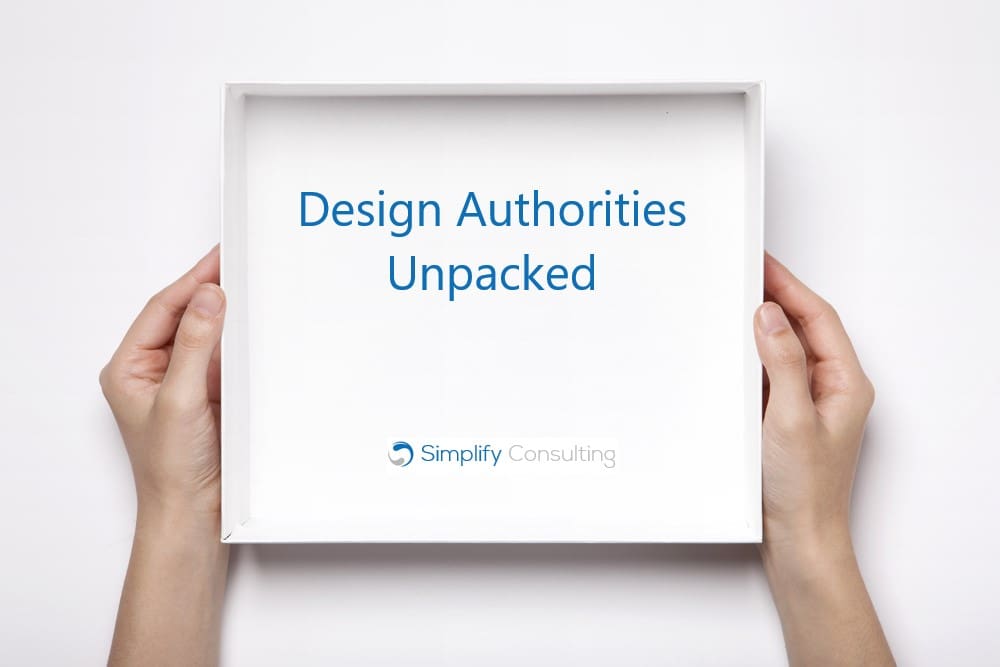Are the days of major platform technology migration programmes in large scale financial services organisations drawing to a close? Time and time again we’ve seen transformational initiatives with grand plans, high expectations and limited timescales, start with a fanfare. Time and time again we’ve seen them fail to deliver upon their overall objectives and are frequently terminated before they deliver on their promises.
There have been widely reported horror stories, including £400m (probably more…) spent on one high profile transformation, £121m was spent on another very elongated replatforming programme and of course multiple failed attempts to build Robo-advice propositions (UBS, Investec and Moola to name but three) all throwing money into considerable sized drains. Consequently, companies now have less appetite for embarking on strategic replatforming exercises that take years to deliver and that require a level of discipline and patience often not afforded to senior executives who have a short-term mandate to transform businesses. It’s increasingly challenging to commit to those long-term initiatives when the world is moving so quickly as well and FinTechs burst onto the scene without the baggage of legacy systems to contend with.
But how can Platform technology transformation be delivered incrementally, given the complexity in hooking off-the-shelf systems into complex corporate estates, where even a Minimum Viable Product (MVP) requires integration and connectivity to surround satellite systems? Increasingly we are seeing technology platforms address those challenges through componentising their products; building out ‘Software as a Service (SaaS)’ capabilities to enable their clients to cherry pick the features and functionality required, supported with plug and play integration solutions to expedite implementations. For discrete capabilities where stand-alone solutions can integrate seamlessly and deliver end to end services that’s a major step forward in addressing the challenges associated with major platform transformations. However, there remains a broader challenge; how to deliver a front to back office service proposition for a specific product (e.g. an ISA account or pension proposition) that is simple, cost effective and quick to market.
The complexity arises in a number of areas, not least the integration into existing corporate systems, the complexity in pinning together an IT architecture that utilises a number of different solutions for very narrow functional purposes (e.g. illustrations engines, document management systems, front end journeys, banking and payment solutions), the challenge in developing a genuine MVP that can evolve incrementally while meeting the needs of both new and existing customers and the need to do all of that in a way that is aligned to a strategic roadmap.
Commoditised back office solutions are increasingly offering speed to market, but in isolation they only address one part of the problem. Some technology providers offer front end solutions that can be white labelled to meet their clients branding and style requirements, but no-one offers a whole of market solution out of the box. Some level of integration is unavoidable, but where are the propositions that provide full front to back solutions meeting all functional requirements, journeys and features that can be lifted, dropped, configured and then integrated via APIs into an organisation to provide a foundation architecture for further development and build out? How successful could a Wealth platform technology vendor be if it genuinely offered a whole of market solution – products ready to go, correspondence templates set-up, MI reports in place, customer and adviser tools ready to bolt on, workflow inherent in the solution and online services provided in addition to the core back office administration capability and market connectivity. In addition, with optionality around plug and play interoperability to satellite systems built in where the client already had a strategic in-house capability (e.g. suitability tools, calculation engines, document management systems, online portals, etc), it would give clients a real decision to make in terms of buy and configure, vs buy, configure/customise & integrate. We may see real progress being made from those platforms willing to focus on the areas of true competitive advantage, if they are willing to make the tough choices needed and if the technology vendors step up and build out their market offerings.
At Simplify, we think that platform selection initiatives must reflect the speed at which overall transformational change has to deliver benefit. This means identifying suitable candidate providers quickly and efficiently and running an RFP exercise at speed. Since our inception in 2015, we’ve been actively building up our toolsets to enable us to compare and contrast Wealth based technology providers using our capability model, that we call ‘Simplify Labs’. It’s a model we use to assess technology solutions for Wealth businesses, identifying their strengths, weaknesses and overall footprint to help our clients select the best solutions to meet their business strategy. Get in touch today and we can show you how the depth and breadth of our model across Wealth capabilities can help you identify the best solution to take your business to the next level.
www.simplifyconsulting.co.uk










